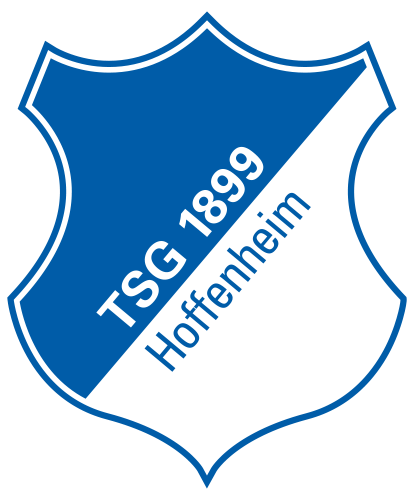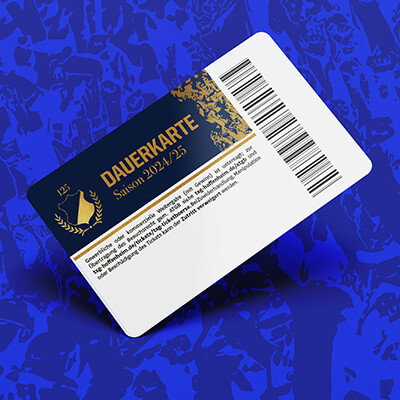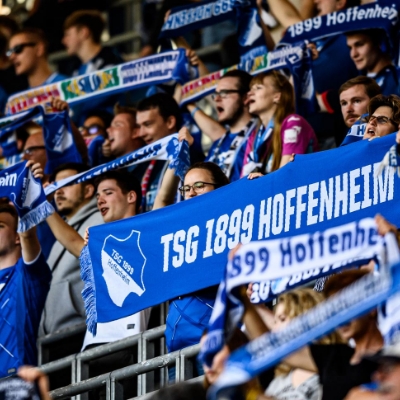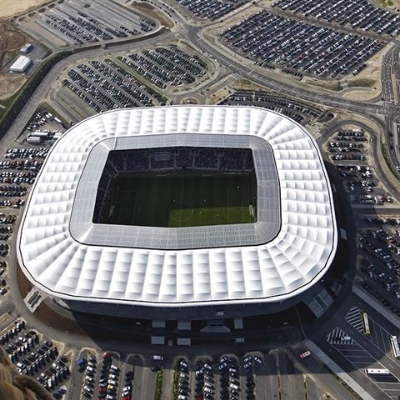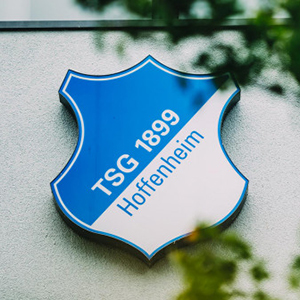10 years since the "ghost goal" – the trigger for goal line technology
"I can still remember our home match against Bayer Leverkusen in the 2013/2014 season and the so-called 'ghost goal'," said TSG's now managing director Alexander Rosen, who was director of professional football at the time. "When Stefan Kießling climbed high in our box in the 70th minute and headed the ball toward our goal, I saw the net bulge, but at the time, I paid particular attention to the reactions of our players and those of the opposition. I was relieved that the ball had obviously missed the target, but suddenly a Leverkusen player began to celebrate after a short time delay. I was relaxed at first, but then quite quickly I was in disbelief, because referee Dr. Felix Brych went to the halfway line and ruled it was a goal for Leverkusen."
Sebastian Rudy, who was a substitute in the middle of his warm-up process at the time and was therefore right next to the scene of the crime, remembers the incident well: "It was a bizarre situation. When we as substitute players went closer to the goal, we discovered the hole in the net and immediately assumed that the ball must have gone into the goal through the hole." Stefan Kießling's (non-)goal made it 2-0 to Leverkusen, rendering Sven Schipplock's goal in the 88th minute, merely a consolation goal for Hoffenheim.
"As bitter as this defeat and above all the way the game went was for us at the time, this second 'ghost goal' in Bundesliga history laid the foundations for today's goal line technology, which was brought in by the league representatives only around a year after Kießling's supposed goal," said Rosen. "It is technology that did not change the character of our sport, but delivers fast and reliable decisions for the benefit of all involved – namely, goal or no goal. It simply makes football fairer and, above all, such a strange 'ghost goal' is unthinkable nowadays."
But before goal line technology found its way into the Bundesliga, TSG had filed a complaint before the sports arbitration court. "A replay was rejected by the DFB sports arbitration court on the grounds that it had made a decision based on the facts of the case," Rudy recalls. "A decision that I cannot really understand to this day. Because for me, that was not a decision based on the facts of the case, and a replay would definitely have been the correct decision. But in the end, that ghost goal laid the foundations for today's goal line technology – and thus at least did some good."
The painful defeat had another positive effect in addition to the new technology: "The goal net with the hole raised the impressive sum of €100,000 at an auction for the charity "Ein Herz für Kinder" in 2014. In retrospect, there was therefore another winner out of this ghost goal," said the TSG managing director.
The memorable event at the Sinsheim Arena celebrates its tenth anniversary today – and its place in the history books of the Bundesliga is secure.



